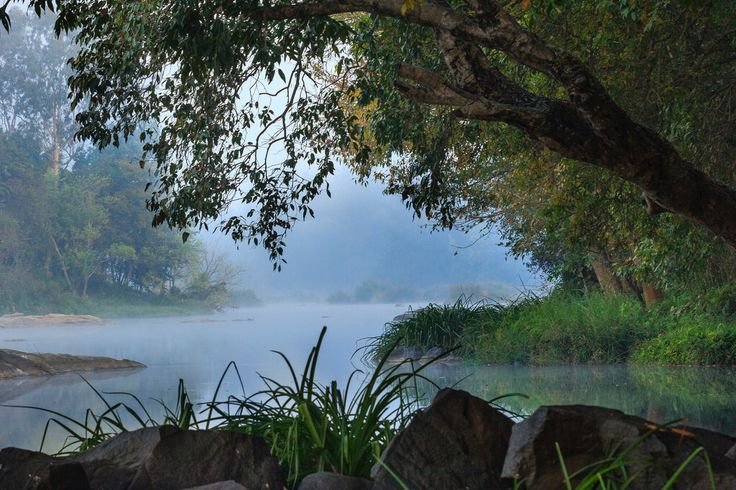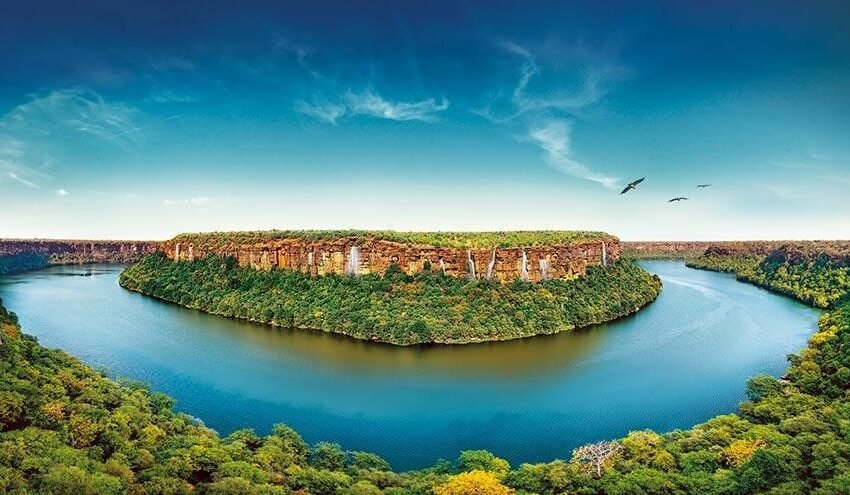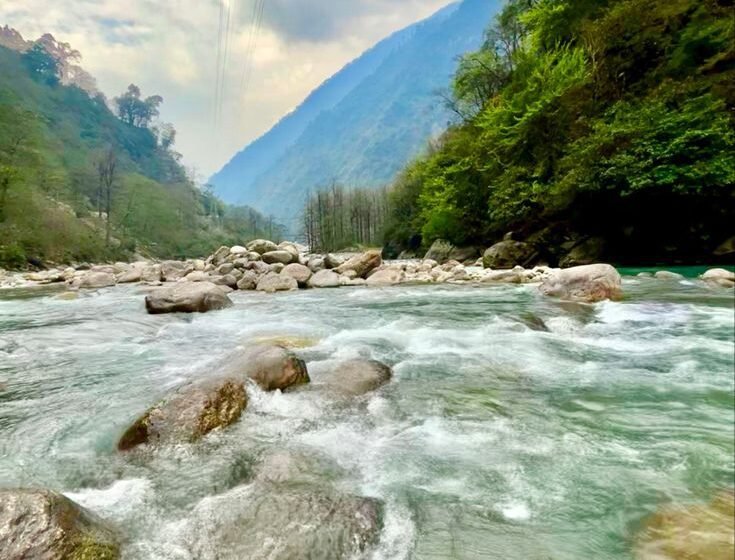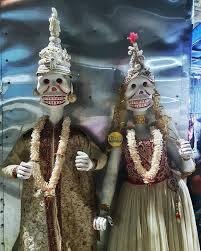The Cauvery River is one of South India’s most important rivers, playing a lifeline to millions of inhabitants in Karnataka, Tamil Nadu, Kerala, and Puducherry. Greatly known for agricultural activity and cultural importance, the river Cauvery supports paddy fields, various industries, and hydropower projects. However, the Cauvery is also associated with interstate water disputes, particularly […]Read More
The Chambal is one of India’s most mysterious rivers-it flows through the rugged terrains of Madhya Pradesh, Rajasthan, and Uttar Pradesh. With steep ravines and the notoriety of the Chambal dacoits, it lends itself to wild tales of lawlessness and adventure, but beneath these fictions lies a river of immense ecological importance. It houses some […]Read More
Sutlej is the longest tributary of the Indus River, and it is a very crucial part of forming the culture, economy, and history of North India and Pakistan. It streams over Himachal Pradesh, Punjab, and Pakistan, acting as a life-saver for civilizations throughout centuries. It has witnessed antiquated exchange courses, devout developments like Sikhism, and […]Read More
The Teesta River is an India-Bangladesh river over which various forms of struggle and bargaining have occurred: for geopolitical tensions, environmental debate, and cultural storytelling. This river originates in the Eastern Himalayas and flows into the states of Sikkim and West Bengal in India before entering Bangladesh, joining up with the Brahmaputra River. The waters […]Read More
The Gandak River is an important source that has great significance for being culturally, historically, and ecologically rich. The river flows from Nepal as well as India through the states of Bihar and Uttar Pradesh. Being one of the principal tributaries of the Ganges, Gandak had shaped agricultural practices, routes for trade, and traditions in […]Read More
The Periyar, often called the lifeline of Kerala, plays a great role supporting the state’s economy, and agriculture, and meeting water requirements. It is playing a crucial role in irrigating fields, water supply, and hydropower production from the Western Ghats to the Arabian Sea. However, such utility is not its only importance. It has deep […]Read More
Also termed the Mahaparv, Chhath Puja is one of the most prestigious festivals of Hinduism celebrated mainly in Bihar, Jharkhand, Uttar Pradesh, and parts of Nepal. The festival venerates the Sun God (Surya) and his sister, Chhathi Maiya, both being icons of life, wealth, and healing. It is a four-day festival characterized by stringent rituals, […]Read More
Killa-making refers to the craft of building tiny-scale models of forts. In Maharashtra, this is one of the dissolved customs associated with Diwali celebrations. The Killa, or mini fort, is built by children and their families to depict historical bastions built by Chhatrapati Shivaji Maharaj, the iconic ruler of the Maratha Empire. This tradition not […]Read More
Bhoot Chaturdashi is an important festival mostly celebrated in Bengal and some places in eastern India. Called the “Night of Spirits,” it takes place on the 14th day of the Krishna Paksha (the waning phase of the moon) in the Hindu month of Kartik, one day before Kali Puja and Diwali. This distinct celebration encompasses […]Read More
Narak Chaturdashi Celebrations in Goa: An Ancient Tradition
Narak Chaturdashi, or Chhoti Diwali, has a special place in the elaborate cultural and religious festivities of Goa. It is celebrated on the eve of Diwali, signifying the victory of good over evil. The important celebration is found, yet the manner of celebrating it in Goa is unique and deeply tied to local lore and […]Read More









